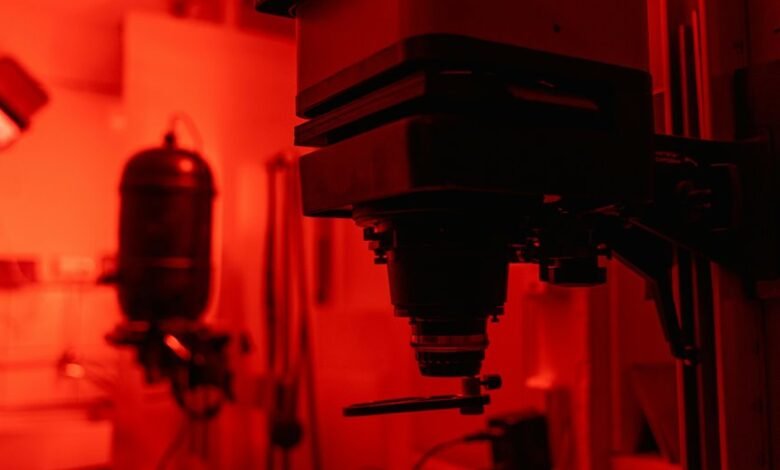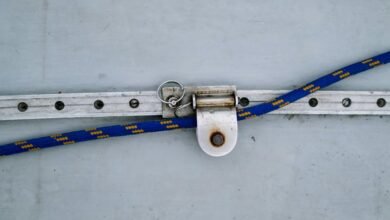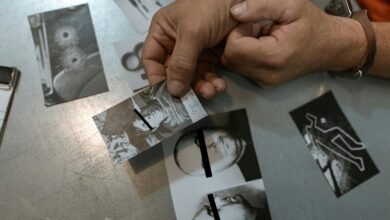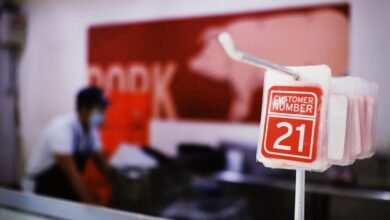Photoaconpan: the Influence of Images in the Judicial Process

Photoaccompaniment has become an integral aspect of the judicial process. The incorporation of visual evidence can significantly alter juror perceptions. Images enhance the emotional resonance and credibility of testimonies, influencing case narratives. However, this practice raises critical ethical questions regarding authenticity and potential manipulation. As the legal landscape evolves, the implications of these visual elements warrant careful examination. What impact do these factors have on the integrity of judicial outcomes?
The Role of Visual Evidence in Legal Proceedings
Although the legal system has traditionally relied on verbal testimony and documentation, the integration of visual evidence has increasingly become a pivotal aspect of legal proceedings.
Visual credibility and photographic authenticity serve to enhance the weight of evidence presented in court. This evolution reflects a growing recognition of the power of images to convey complex narratives, ultimately shaping the outcomes of judicial decisions.
The Psychological Impact of Images on Jurors
Images possess a remarkable capacity to influence the perceptions and decisions of jurors, often shaping their emotional responses and cognitive judgments.
Such visual stimuli can exacerbate juror bias, leading to skewed interpretations of evidence. Consequently, these emotional responses may override rational analysis, thereby impacting verdicts.
Understanding the psychological dynamics of images can illuminate their profound effects on the judicial decision-making process.
Ethical Considerations and Challenges of Using Visual Media in Court
While the incorporation of visual media in courtrooms can enhance understanding and engagement, it also raises significant ethical considerations and challenges that must be addressed.
Privacy concerns arise when sensitive images are presented, potentially infringing on individuals' rights.
Additionally, authenticity issues challenge the integrity of evidence, as manipulated or misleading visuals can distort perceptions, thereby undermining the judicial process and the pursuit of truth.
Conclusion
In the intricate tapestry of the judicial process, visual evidence emerges as both a beacon of clarity and a potential harbinger of bias, reminiscent of the fabled Pandora's box. While images can enhance juror understanding and emotional resonance, they also raise profound ethical dilemmas that echo the age-old struggle between truth and perception. As the legal landscape adapts, a vigilant examination of these dynamics is imperative to uphold justice and safeguard the integrity of the courtroom narrative.





